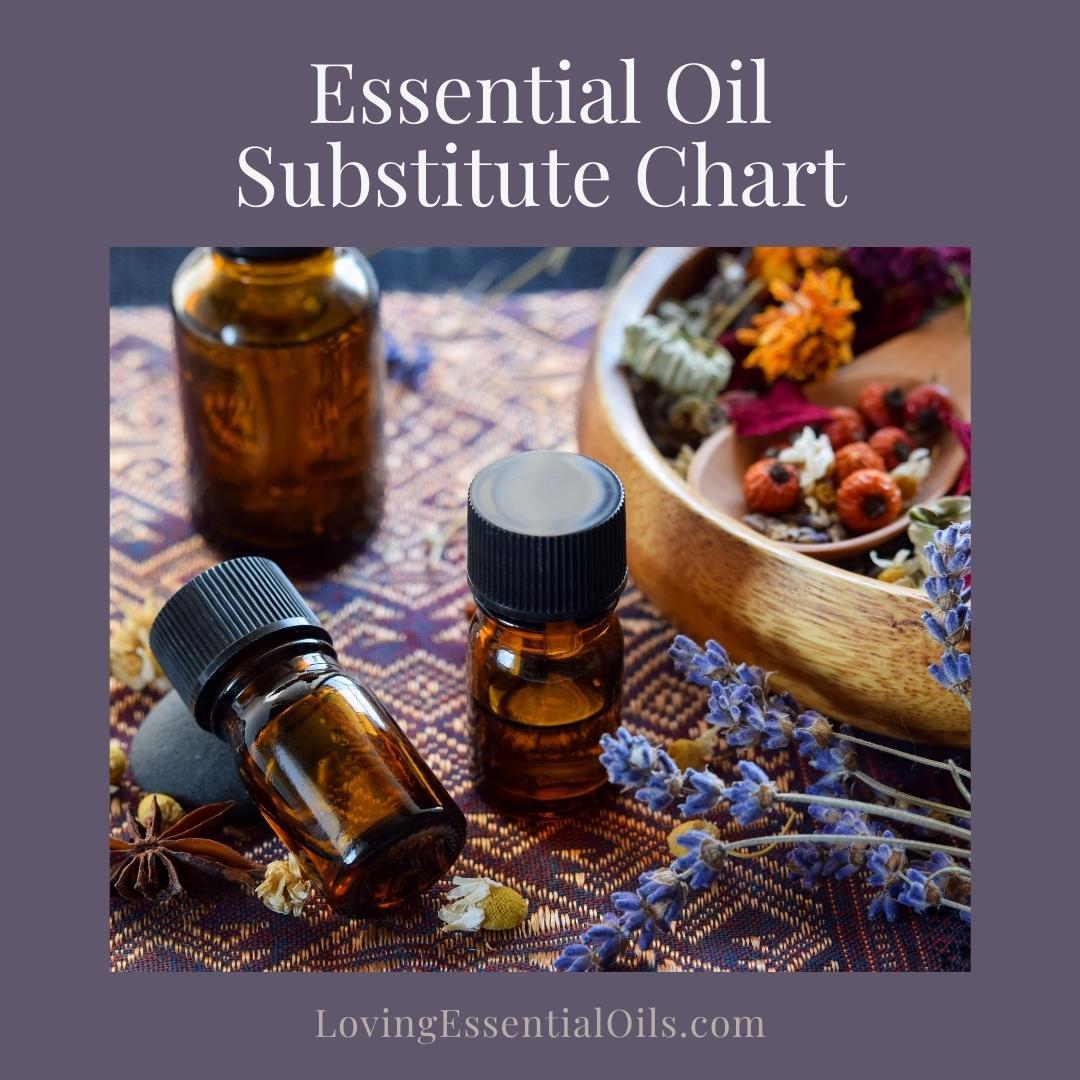Essential oil users have a new resource for making blends with a guide by Loving Essential Oils owner and Certified Aromatherapist Jennifer Lane, entitled “The Essential Oil Substitution Chart for Blends & Recipes”.


Do you like the idea of using essential oils but aren’t sure exactly how to combine them for the effect you want? The Essential Oil Substitution Chart for Blends & Recipes from Loving Essential Oils can help you.
This guide was created for aromatherapy enthusiasts who would like to make an essential oil blend but do not have an ingredient, or prefer not to use a particular oil. The guide provides a list of common replacements that can produce the desired effect.
Visit https://www.lovingessentialoils.com/blogs/essential-oil-tips/essential-oil-substitution-chart for more information.
Essential oils blends can produce a nice scent in your home or office, but some blends can also provide therapeutic benefits. If you are making a blend with a specific scent or for a specific therapeutic purpose, you can refer to this guide to find which oils produce the desired effect.
According to the Mayo Clinic, aromatherapy, which is thought to work by stimulating nasal receptors that send messages to the part of the brain that controls emotions, may have many health benefits, including relief from anxiety and depression, better sleep, and reduced pain.
Loving Essential Oils explains that when making a blend, you need to start by determining whether the purpose of the blend is aroma or therapeutic value. Regardless of the ultimate purpose, you may want to make a blend with your favorites because of the scent desired, but you may need to avoid certain oils because of allergies.
Essential oils can be sorted into seven categories. This guide suggests that substitutes in blends for aroma should be from the same aromatic category, like citrus, spicy, or floral. If a blend recipe calls for tangerine, orange can be a substitute.
As pointed out in this guide, not all substitutes are as obvious as orange for tangerine. Some substitutes may be more difficult to identify.
When blending for therapeutic benefits, the scent is not as important. The substitute does not need to have a similar scent but should have a similar therapeutic benefit.
This guide has lists of essential oils that provide particular benefits for pain relief, digestion, healthy skin, energy, and more. The author of the guide gives extra comments to help you choose which oil you might prefer.
A satisfied reader wrote, “This guide really helped me so much. I am on a limited budget and can’t buy all the different oils for the recipes to use in my diffuser. This guide gave me some great alternatives, and I am so grateful. Thank you.”
Are you ready to make the perfect essential oil blend for your problem?
Go to https://www.lovingessentialoils.com/blogs/essential-oil-tips/essential-oil-substitution-chart to learn how you can improve your life.
